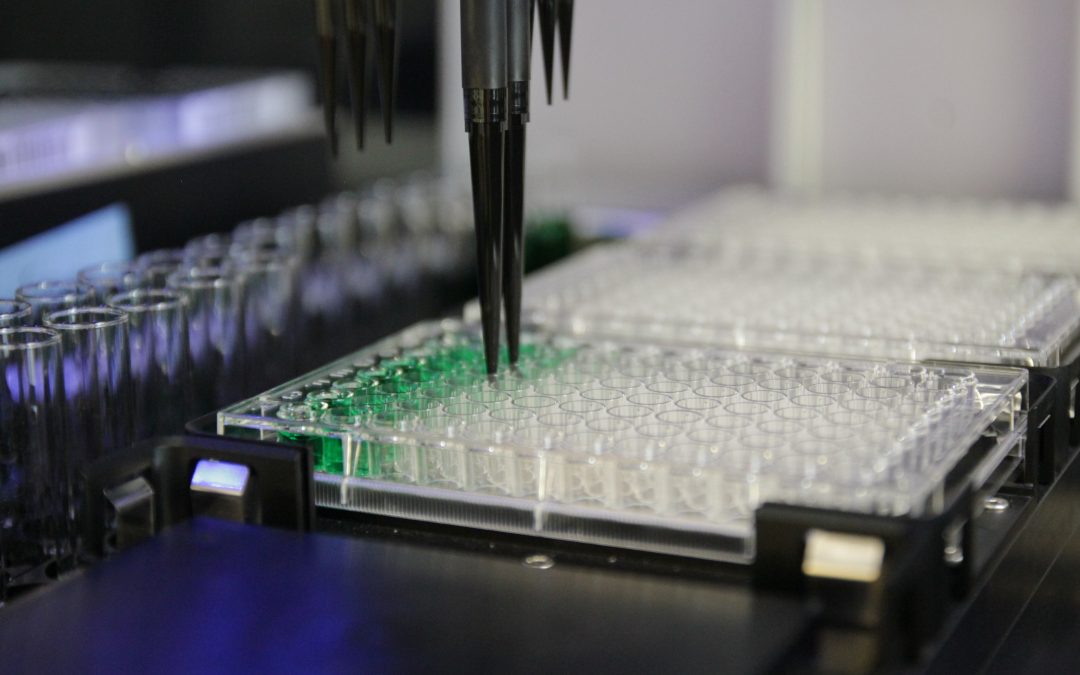In 2019, CRISPR gene-editing therapy was used for the first time to treat sickle cell disease.


In 2019, CRISPR gene-editing therapy was used for the first time to treat sickle cell disease.

Researchers report flexible, conductive and waterproof fibers for wearable, underwater electronics.

By combining two types of memory arrays, researchers can accelerate image recognition for more efficient machine learning.

Engineers create a robotic platform to automate the production of new, functional polymers for advanced materials.

Producing carbon from brewers’ leftover grains.
![How to Bend Electronic Devices without Breaking Them [Video]](https://www.advancedsciencenews.com/wp-content/uploads/2019/12/Feature-image-2.png)
Electronics can be transformed into a variety of complex shapes using a thermal plasticization process.

Protein-protected metal nanoclusters have excellent biocompatibility and have received considerable attention as a luminescent probe in a number of fields such as biosensing, bioimaging, and imaging-guided therapy.

“This work opens new avenues for material scientists and biologists to mimic in the lab the structure of living tissues and to upscale the production of engineered constructs.” ~ Dr. Riccardo Levato and Prof. Chris Moser.

Researchers create green biocomposites for flexible, wearable electronic devices.

In this essay, scientists from Spain and Denmark delve into the spectrum of possibilities offered by wearable and implantable healthcare devices and provide new insight into the cyborganic era.